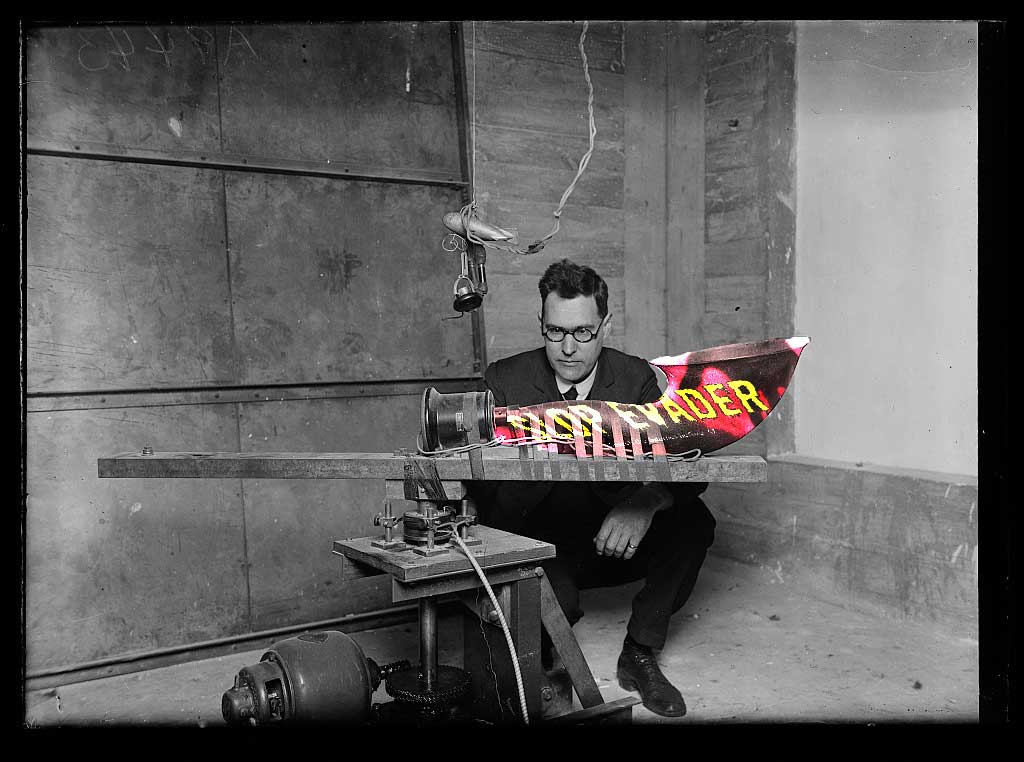This sounds entrancing, especially with the spooky like melty text splash screen, heard about just a few clicks ago in 404 Media as “‘Slop Evader’ Lets You Surf the Web Like It’s 2022” taglined “search the internet before AI”.

A browser extension for avoiding AI slop. Download it for Chrome or Firefox.
This is a search tool that will only return content created before ChatGPT’s first public release on November 30, 2022.
Since the public release of ChatGTPT and other large language models, the internet is being increasingly polluted by AI generated text, images and video. This browser extension uses the Google search API to only return content published before Nov 30th, 2022 so you can be sure that it was written or produced by the human hand.
https://tegabrain.com/Slop-Evader
It looked like my kind of thing to apply the cooltech approach, where I tag in Pinboard and my little integrators from make.com and ifftt send it out to the fediverse.
But I gotta try first, so I install the Google extension to see how it works. I give it a go with some words I can think would be in circulation before ChatGPT spawn date – see the results on splot wordpress.
And it does look like a simpler era.
But I am looking at the URL and because I have poked around with google search URLs alot, I suspect that it’s hardly a “search API thing”, its just shoving on some extra search parameters, Look I learned long ago from Jon Udell about being curious on web URLs
https://www.google.com/search?q=wordpress%20splot&tbs=cdr:1,cd_max:11/30/2022
The part on red or q=wordpress%20splot is just the search terms URLencoded. The other ones I do not know off hand but I manage to use the unevaded Google, which I keep hearing is just full of slop and useless, and in 20 seconds I find one of the most comprehensive guides to the google search parameters (although it has not been updated since 2016).
Basically tbs=cdr:1cd_max:11/30/2022 means to return results before November 30, 2022.
Without any machine or extension, I could dial the date back to May 1, 2016
https://www.google.com/search?q=wordpress%20splot&tbs=cdr:1,cd_max:05/01/2016
Nobody wants to manually enter URLs, but it’s drop dead simple to roll out a Javascript bookmarklet that can do all this work. Just drag the link below to your browser bar
Without any extension, you can click that from any place you are roaming in your web browser. The gizmo opens a field to enter your search for something that might have existed before CHatGPT was extruded from Satan’s bowls.

Note: In just trying this example, I expose a problem with the machine. If you use the parameter with the date of November 30, 2022, you actually get the announcement of ChatGPT, so actually, a better cut off date is November 29, 2022.
But wait, I have more! My bookmarklet can do one more handy task. Let’s say i am reading another fascinating how to post by D’Arcy Norman. If I want to do a quick slop evader search on a term he mentions, let’s say Antigravity IDE, I just select with text and click the bookmarklet tool.

And boom, check the slop evader results.
Except.
But.
These results have dates that are before November 30, 2022, yet the descriptions are talking about Gemini 3, and I am pretty sure there was no https://antigravityide.org/ web site in 2009 (nothing shows up in the Internet Archive Wayback Machine).

So now after doing all this fiddling, I cant see much value in thinking this approach is really “evading slop”, it’s just giving that warm feeling like you are.
Which, pretty much is the GenAI state of ops. You get results that have an aroma of being usable, but without.
I am not sure that the creator of Slop Evader offered it as a solution, it seems more an exercise to have people consider the web before ChatGPT walked in the stage. And my futile exercise here was less to say “I have a better tool” but that my understanding and curiosity about the very structure of URLs is important grounding for thinking about what a tool does.
I am thinking about this too in a few experiments I am doing yo use NotebookLLM to find common themes or summaries in a pile of unstructured data (responses to a form). One one level, the results, neatly organized and worded so crystal perfectly, that it just “feels right”, like we can just take it and run with it.
However, in the cases I am looking at, I have scanned much of the responses as they came in. And I find myself asking questions knowing that it might have missed something. If you are really removed from the information yourself and just relying on how the results “feel”, it seems potentially shaky ground.
I think back to my academic years in Geology when my research involved Remote Sensing or using satellite imagery. Or just the field in general where you worked from maps and in many cases then aerial photos. An important part of the work was ground truthing – going out to the field, to examine the rocks and work to identify if what was in the world really was reflected by what was seen in space.
And in the embrace of tools that short cut things for us present the summaries neat and tidy, being far from the rocks, seems a bit of a treacherous jump. The satellite data often was on target, but not always. I am not saying one has to read ever bit of the data you are asking to be summarized, but I feel better having a few points of ground truth.
The best evader of AI slop is not tools or technology, it’s our own minds, experience, and intuition.
Featured Image: I had such a fun time with a random public domain image opened in my new browser window (see posts on Free to Use Browser extension) the photo was Identified! Vivian Leroy Crisler (1885-1953), an acoustics researcher at the National Bureau of Standards, Washington, D.C., looking over a loud speaker horn used in sound penetration tests flickr photo by The Library of Congress shared with no copyright restriction (Flickr Commons). The metaphor was perfect for this post! I superimposed the logo for Slop Evader technically I guess I do not have rights to use. Hey! I am praising the project, and this is commentary, and satire, ok? Send your AI lawyers. I am having fun here, thats all.



The best evader is our own minds; well put.
Thanks for the walkthrough Alan, I’d heard about it but didn’t try it out. What strikes me as odd about the approach of “avoiding slop” simply by limiting the date misses something important in my mind. Slop existed before the public availability of the Chat(everyonetalksabouttool). It was just called SEO strategy and written by humans in demand generation departments. The tool that now accelerates slop does such a “good” job of generating that kind of slop because it had lots of human made examples to draw from.
For me, I think RSS, the Internet Archive, and Wikipedia seem to be my best tools for avoiding slop. Thanks for giving us something worth reading.